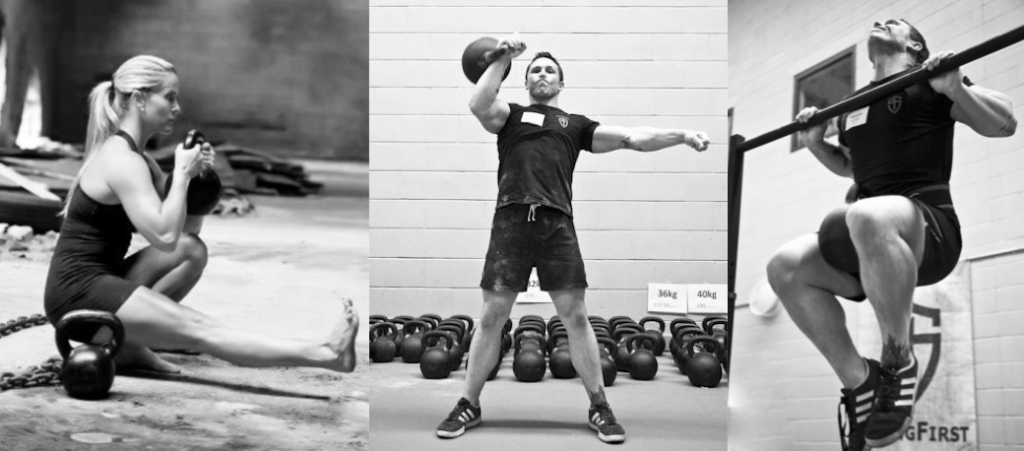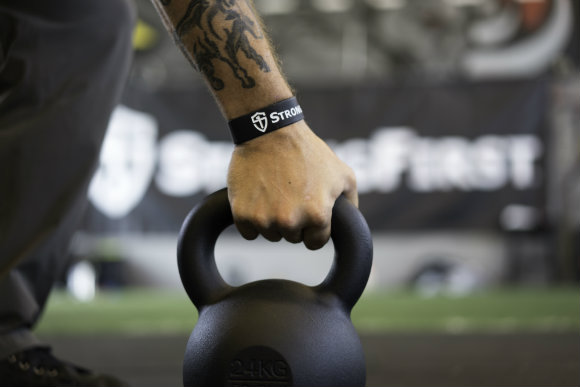When it comes to achieving our goals in the great outdoors the training philosophies that have been around for decades if not centuries rule the day. Unless you’re actually bodybuilding for competition purposes consider that a blanket statement. If you want to be lean, strong, and durable while packing on functional muscle mass and avoiding injuries the list of equipment you need and methods you should employ is relatively short.
The number one issue we all face is time, the only priceless commodity we own. By necessity most of our time is spent in the trenches of daily life and training time can be hard to come by. For most people a 1-hour training session 2 – 3 times per week with 2 – 3 hours of cardio on top of that is an absolute best-case scenario.
And frankly that’s plenty of time if you use that time well.
There are a lot of ways to train and a lot of tools and equipment to choose from so it can be hard to know where to start or how to best prepare for backcountry hunts. As we’ve said before, some exercise is better than none so as long as you’re getting something in we tips our hats to you. Nonetheless, many products and training methods designed with the best intentions have been shown to be less than ideal for achieving field worthy strength and endurance.
For example, using Bosu balls to train your “balance” or “core” simply doesn’t produce the results we all thought it did. Trust us, we used them for years. Isolating body parts with programmed chest and back days and double-digit reps will certainly bulk you up but this training approach doesn’t really mimic the needs of a prolonged mountain hunt. Again, been there done that.
Getting lean, stronger than you ever thought possible and crushing mountains and hills that used to kick your ass are all easily reachable goals. If you train smart. And by “smart” we mean in a manner fully dedicated to the demands of the backcountry.
An emphasis on whole body movements, time tested strength principles mixed with ballistic exercises including a healthy dose of sprints or hard and fast climbs, and sustained (60 minutes or more) endurance efforts at a comfortable pace with weight on your back are the name of the game. As discussed in last month’s Get the F@#k Outside article, where possible those endurance efforts should occur outside.
When we talk to someone that complains of injuries or perennially hitting the wall 3 days into a 5 plus day hunt, they’ve usually been training in ways that don’t fall within the basic tenets listed in the last paragraph. If you’re reading this and that sounds like you, odds are you’re not training in an effective and time efficient manner. To be clear when we say efficient we don’t mean fast, we mean a high return on time invested.
It doesn’t take 2 hours per day, 6 days per week to properly prepare for extended backcountry hunts. But it also can’t be done in 20 – 30 minutes per day through high-intensity efforts only. Using proven strength building principles, a few basic pieces of equipment and your own two feet for cardio you can get leaner, stronger, build endurance, and be far less prone to injuries than ever before. All with no more than 3 – 4 hours per week in the gym and 2 – 4 hours of endurance work on top of that.
Yes, with as little as 5 hours per week divided between strength and endurance training you can be ready for the mountains. There’s no question some hunts will require more time at certain stages of the program, but for many if not most backcountry hunts, if you start early and divide your strength and endurance sessions up accordingly you’ll be ready to rock with plenty of time left for work, family and friends.
The endurance part is easy. Trail run, hike (or in the winter snowshoe) 30 – 60 minutes twice per week mixing harder efforts in the 30 – 45 minute range with easier but challenging efforts in the 45 – 60 minute range. Add to this one longer 60 – 120 minute sustained endurance effort per week. When we say sustained we mean an output level at a pace you could comfortably hold for hours if need be. This effort ideally would involve hiking with a pack and some weight but in the winter you can substitute a long snowshoe, cross-country ski or backcountry ski effort as well. For this longer session start in the 60 – 90 minute range and build on this dependent on your training experience and goals. Start with 20-40 pounds in your pack and build to 60 plus pounds, again dependent on your goals.
The strength training side of the equation is more about elimination than anything else. A huge proportion of the tools and equipment available at a standard gym are downright useless for mountain hunt preparation. If you’re lucky enough to have access to a true weightlifting facility filled with racks, barbells and kettlebells or a CrossFit Box you’ve got a head start. That being said, you can achieve everything you need strength wise at home or outdoors with a few kettlebells and a spot where you can do pull-ups like the rafters in your garage, a tree branch, or a homemade pull up bar.
As we outlined in Train Movements Not Muscles back in October, there are 7 fundamental movements that should form the foundation of all mountain hunting training programs. Regardless of the species you pursue. Everything else is either bonus or bullshit. As we also discussed in that article there are a variety of lifts and exercises that fall under each of those fundamental movements. But if we’re talking true minimum effective dosage here, what is the short list of exercises you can employ on a regular basis and know with confidence that you’ll be ready for whatever the mountains bring this season?
For months, we’ve been working with our friends at StrongFirst to build and refine precisely that list. Eric Frohardt, StrongFirst’s CEO, is a devoted mountain hunter and ex-SEAL. By combining his lessons learned in the SEAL Teams, and his mountaineering and hunting experience with our collective expertise in biomechanics, strength training and mountain hunting we’ve compiled what we feel is the most effective list of exercises for the dedicated hunter.
The Mountain Strong “Mountain Ready” List:
- Hard-style Plank
- Barbell Deadlift
- Kettlebell Goblet Squat
- Kettlebell Swing
- Kettlebell Turkish Get-Up
- Single Leg Movements (deadlifts & pistol progressions)
- Tactical Pull-Ups
- Weighted Carries
Some of you may be jumping out of your seats at the notable exclusions. No bench?! No back squat?! No leg press?! No “ab” exercises?! The defense of this list is far beyond the limitations of this article but suffice to say, given the team involved we stand by it 100%. It should be noted, we eliminated some excellent exercises due to their technicality such as the snatch or clean and jerk. Both of these lifts are phenomenal strength and power building exercises but in our opinion aren’t essential for the mountain hunter.
Now the harsh truth is the exercises listed above aren’t necessarily easy movements to learn if you’ve never tried them before. That being said, this is not an elitist program. Many of the exercises that made the list are there expressly because they help the average person minimize injuries while maximizing strength and endurance. Many if not most require some coaching to get started. Each and every one of the team members involved has been coached on these movements. Repeat, every one of us. It can be hard to find a competent coach that truly understands the needs of the hunter and has the requisite experience, skills and knowledge to coach the exercises and principles on that list.
This is precisely why we’ve partnered with Eric and his team of world-class instructors at StrongFirst to bring you the 1-day Mountain Strong course we announced last week. This course isn’t some flagrant attempt to make a quick buck. Frankly, given how we’ve limited the attendance to ensure the highest level of coaching and instruction possible the course can only be described as a passion project. Too many hunters train inappropriately and their bodies and hunts suffer for it. We hear it every year from guides, industry professionals and fellow hunters. It quite simply doesn’t have to be this way.
If you’re comfortable with the exercises on the list we encourage you to start using them along with the training principles outlined. Give yourself at least 4 weeks to truly test the effects. If you’re comfortable with these exercises but don’t want to build your own program or you want a slightly more advanced approach with additional lifts and exercises added, the 8-week program we have available on MTNSTRONG.com will get you well on your way to personal bests in strength, durability and endurance. You can see a 1-week sample of that program here.
The Mountain Strong course will be offered to a limited number of attendees May 7th in Denver, CO. If you’re new to any of these exercises and/or want to experience the best coaching possible in kettlebell, barbell and bodyweight training methods and techniques combined with programming guidelines catered to the hunter, this course is not to be missed.
If you’d like to see a Canadian course added, send an email to editor@journalofmountainhunting.com with your name and location and we’ll do our best to fit one in this year.
No matter what this season has in store for you, take the next few months to explore new exercises and more importantly eliminate the BS in your training program. Save time, get strong, prevent injuries and feel better than you ever have before.
Get Mountain Strong.




